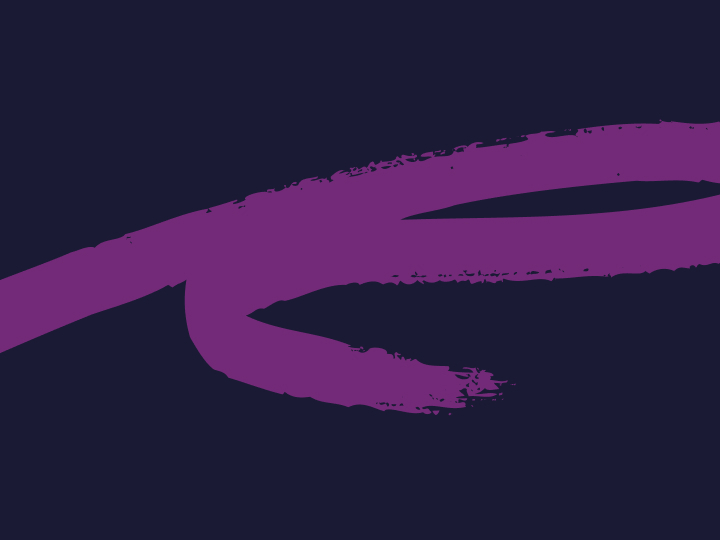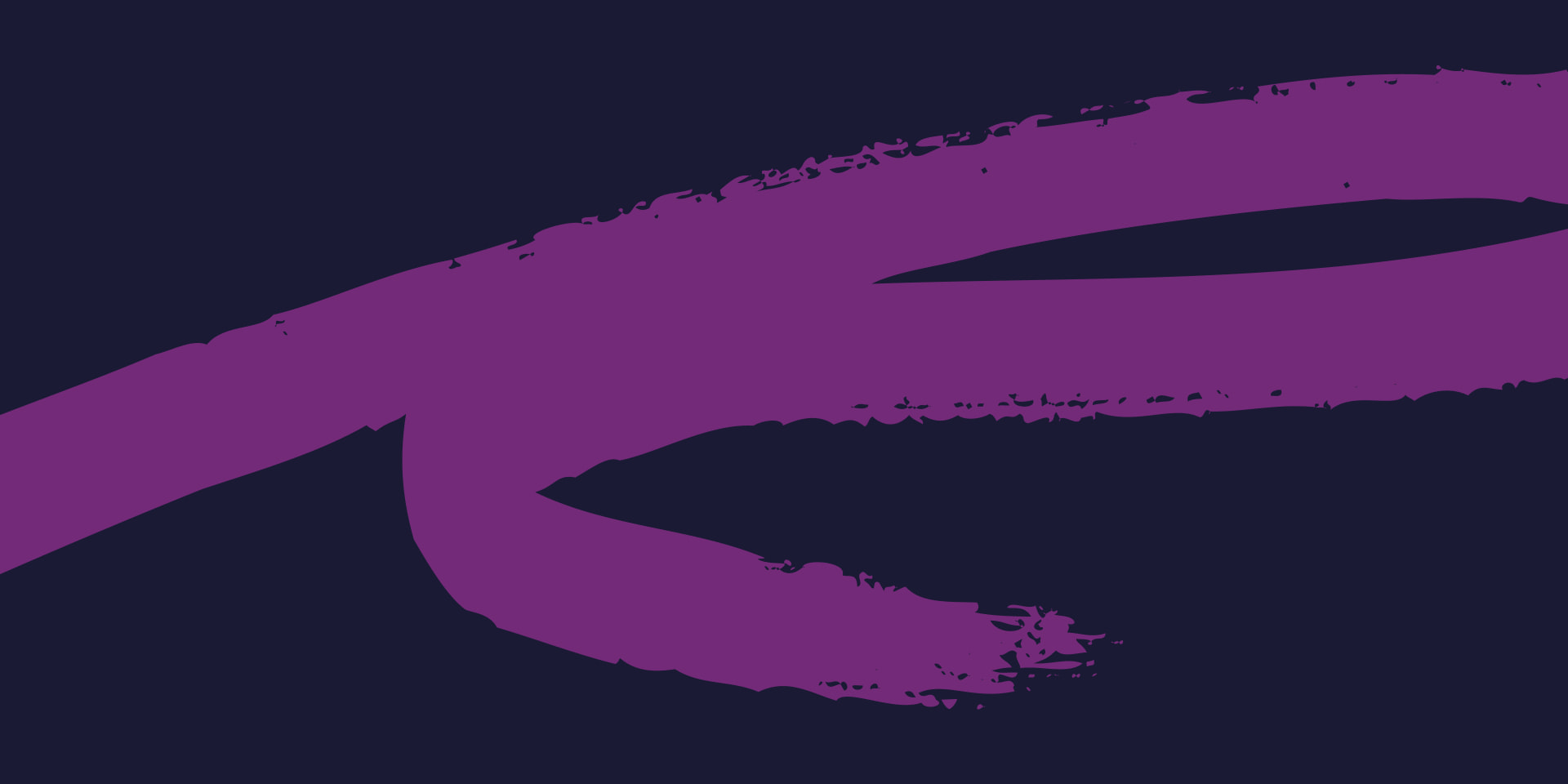

Do the future backwards
What stands between your business and its potential?
We developed our Future Backwards framework for when the way ahead is unclear. This essential workshop is a rallying event for everyone who takes part. Step behind the scenes at Else and size up a powerful diagnostic tool.
A one-off moment
It’s a year from now – you’re on a high – what’s happened to make you feel like celebrating? This is how we kick off a Future Backwards session to help businesses diagnose what comes next.
Rooted in ‘backcasting’, a planning method articulated by John. B Robinson in 1990 – in simple terms, it’s a guided conversation. At its zenith, every stakeholder in a change project is in the room, ready to examine the business or problem. Imagine your CEO, Heads of Marketing, AI and Data Science, Product, Finance, and more, plus all their teams, working jointly.
This is a key factor if you’re creating a map to or from the future: bringing differing perspectives together across the business. All voices need equal participation to get the real and best view of the opportunity.
Practical answers to
nebulous problems
What comes out of a session like this can be more valuable than weeks of ‘future thinking’ in silos dotted around an organisation. Mustering the right people and using on-point questions will result in a way forward – potential solutions pin down an amorphous problem.
Three pillars of a single vision
Our framework is tailored each time, but for anyone navigating risk or opportunities ahead, you’ll need to examine how your future vision will impact and be influenced by:
- Business – strategy, capability, success and measurement.
- Customer – the needs and wants of a known or unknown audience.
- Landscape – competitors, disruptors, trends.
Let’s use the first as a quick demonstration of how diagnosis works. What does the business look like in a desired future state? Or as a future heaven to prompt a richer, human-centred response. To reach the happy point pictured 12 months down the line, what value has been created? How do we build towards that position – today, soon and later?
In contrast, what does future hell entail? What might get in the way of success? It’s easy to see why having diverse skills, roles and dispositions in one place and time shrinks what can be lengthy exploration from months to hours.
Out of the comfort zone
The barriers are high when doing vision work without outside help or the right help. “We don’t want you to just listen to us; otherwise, we’ll end up with exactly what we already have,” said the senior director of a cybersecurity client. It’s a canny take on the most obvious hurdle: how to challenge assumptions that feel like corporate furniture?
Facilitation moves people out of their comfort zone to ensure an outcome – clarity on what comes next. At Else, we’re strategists and designers, creating and delivering products and services to new audiences. With Future Backwards, clients emerge galvanised, focused, and usually with irrepressible energy.
The art of making it most valuable
From our experience of running Future Backwards sessions, we’re able to:
- Craft a bespoke fit around attendees – based on research, business and design expertise.
- Synthesise multi-stranded ideas, inputs and outputs for stakeholder playback – to secure alignment of voices against a cohesive summary.
- Combine experience, EQ and creativity to turn agreement into a black-and-white plan – typically, the innovation brief.
Context and timing
Everything up to now is pre-brief. The Future Backwards starts the journey to identify opportunity areas or probe an area you’re looking into.
There will always be gaps, known-unknowns and things unseen to navigate, but it’s a benchmark moment because alignment begins. In practical terms, the results of a Future Backwards session feed into a robust brief. And the next chapter begins: getting the innovation journey underway.
The Future Backwards Effect
When we deliver innovative projects, we’re front row for career highs in all sectors. From startup to global enterprise, product launch to market disruption, it all starts with the Future Backwards.
Given corporate transformation continues to be hard – Harvard Business Review reports a 78% fail rate, for example – it’s inspiring to trace the first sign of traction to a unique gathering, where those ready to be accountable take on the task of future value.
An Else client, who has called on us four times, recalls the experience: “It breathes life into how you think about what you do daily. It offers fresh horizons, new possibilities, and frees you up. Because one of the hardest things to do in most jobs is imagine your way out of the situation you’re in”.
Thinking ahead?
Contact the Else team to explore new products and markets. And look out for more of our six-part series on making change happen.
Else insight
Don’t miss strategic thinking for change agents
You’re all set
Thanks for signing up to Else insight
We’ll only email you when we release an update.
In the meantime, please enjoy How good change starts.
You’re all set
Ah! You’re already a friend of Else
You won’t miss any of our updates.
In the meantime, please enjoy How good change starts.
Shared perspectives
Don’t miss strategic thinking for change agents
Find ideas at your fingertips with Else insight.
Here to help

